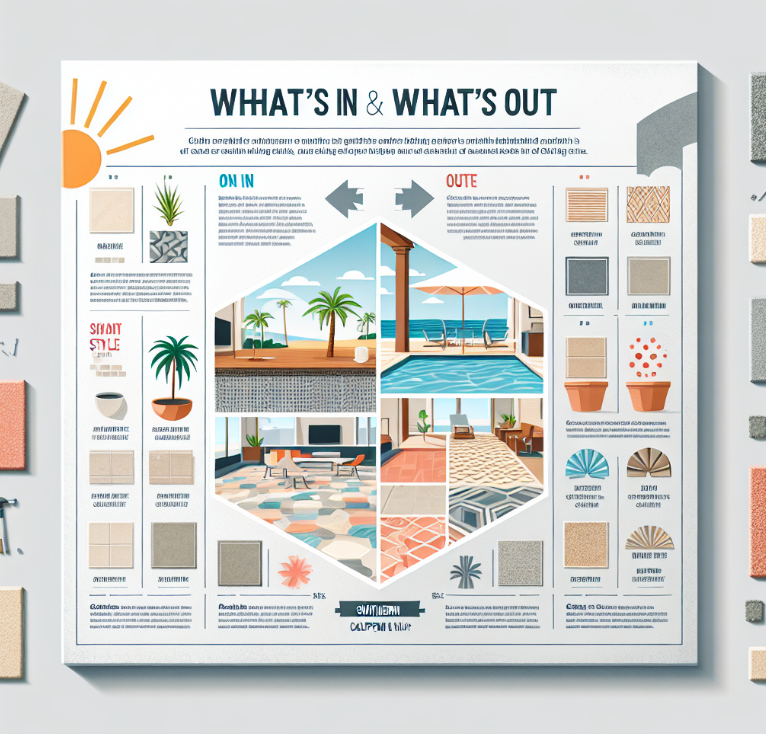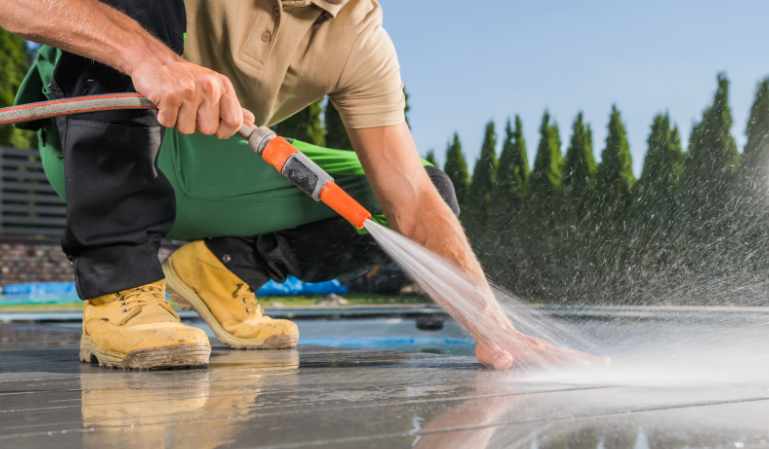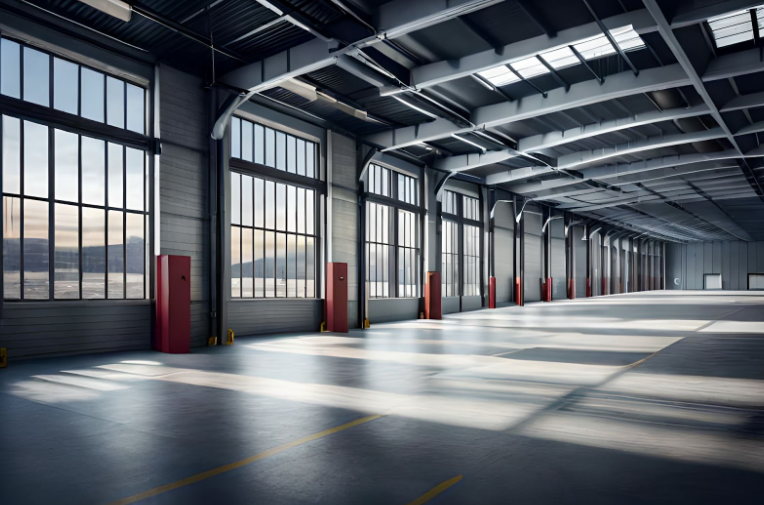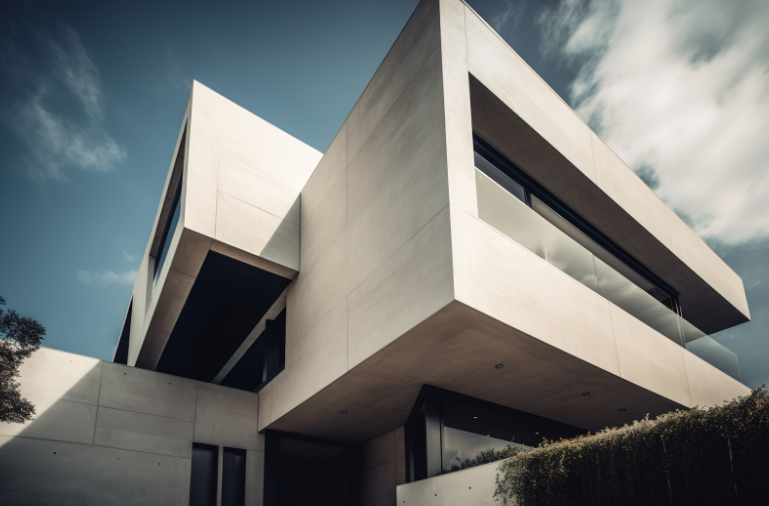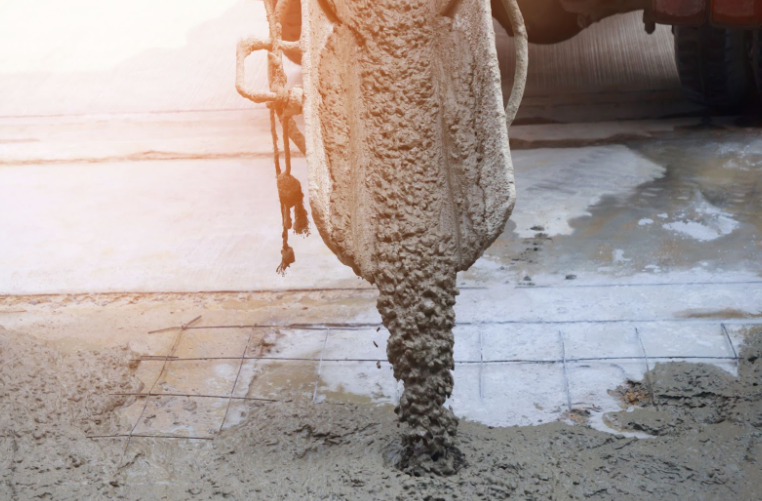Exploring the Fundamentals of Concrete Design and Its Applications
Concrete is a crucial material in construction, known for its strength and durability. Understanding the basics of how concrete is designed helps in creating structures that are both safe and long-lasting.
The Importance of Concrete in Modern Construction
Concrete, comprised of water, aggregate (gravel, sand, or rock), and cement, is a fundamental material in the world of construction and building. Its significance extends far beyond its basic components, offering a backbone to much of our modern infrastructure. Concrete's use can be traced back to ancient civilizations, but its role has exponentially grown, becoming indispensable in today's construction landscape.
One of the main reasons for concrete's widespread use is its
exceptional versatility and durability. As a material, concrete can be shaped and molded into almost any form or design, tailored to meet a wide range of structural and aesthetic requirements. From the foundations of homes and skyscrapers to bridges and roads, concrete's adaptability makes it suitable for virtually every type of construction project. Its durability underpins its reputation for longevity, withstanding extreme weather conditions, heavy traffic, and the test of time with minimal maintenance.
The evolution of concrete design has significantly impacted modern architecture and engineering. Historically, concrete was used primarily for its functional benefits—its strength and durability. Advances in technology and an increased understanding of concrete's properties have expanded its applications, transforming it into a key element of architectural design. Today's concrete can be enhanced with various colors, textures, and finishes, pushing the boundaries of traditional construction and enabling more innovative and expressive architectural projects. These developments have not only improved the aesthetic appeal of concrete structures but have also contributed to environmental sustainability. Modern concrete mixes often include recycled materials, reducing waste and lowering carbon footprints.
The evolution of concrete has seen the introduction of smarter, more advanced composites. High-performance concrete, self-healing concrete, and lightweight concrete are just a few examples that have emerged, offering enhanced functionality like greater strength, improved thermal insulation, and the ability to repair minor cracks autonomously. This progress marks a significant step forward in the pursuit of more durable, efficient, and sustainable construction practices.
The importance of concrete in modern construction cannot be overstated. Its versatility, durability, and continuous evolution have made it a cornerstone of construction, crucial to both traditional and modern architectural endeavors. As we move forward, the ongoing innovation in concrete design promises to further shape our built environment, enhancing the functionality and aesthetics of our structures while addressing the pressing need for sustainability.
Concrete Mixes and Properties
At its core, concrete is a composite material made from a blend of water, aggregate (like sand, gravel, or crushed stone), and cement. The role of water in this mix is to initiate the chemical reaction with cement that bonds the mixture together, while aggregates add strength and texture. Despite its seemingly simple composition, the science behind concrete is complex, varying based on the intended use of the final product.
Concrete mixes are
tailored for specific applications, differing in the ratios of their basic components. For instance, high-strength concrete, used in industrial and commercial construction, has a higher proportion of cement. In contrast, lightweight concrete, favored for its insulating properties, incorporates lightweight aggregates like expanded shale. The choice of mix directly influences the concrete's properties, such as its strength, weight, and drying time, bearing significant implications on the project's structural design, construction timeline, and budget.
Techniques in Concrete Design
The application of various concrete design techniques enables construction professionals to meet diverse project requirements and aesthetic preferences. Decorative concrete options have become increasingly popular for residential spaces, utilizing stains, dyes, and imprinting tools to create patterns and textures that mimic more expensive materials like hardwood, stone, or marble.
In more demanding environments, such as in commercial and industrial buildings, heavy-duty concrete applications are paramount. These scenarios often require specialized mixes that can endure high traffic, heavy loads, and harsh conditions without compromising structural integrity or safety.
Innovation continues to shape concrete design, with techniques like self-healing concrete, which contains bacteria that precipitate calcite to fill cracks as they form, and ultra-high performance concrete (UHPC), offering unprecedented strength and durability.
The Role of Reinforcement in Concrete
Reinforcement is critical in concrete construction, enhancing the material's tensile strength to prevent cracking under tension. Steel rebar and wire mesh are commonly used, strategically placed within concrete structures to support them under various stresses. This combination exploits the complementary strengths of concrete and steel, resulting in structures that are significantly more resilient and durable.
Choosing the Right Concrete for Your Project
Selecting the appropriate concrete mix is crucial, necessitating consideration of the project's specific demands – including structural requirements, environmental conditions, and aesthetic goals. Collaboration with a concrete design professional can ensure that the chosen mix aligns with these factors, optimizing performance and value. In regions like Southern California, where climate and local styles influence construction practices, regional considerations also play a crucial role in materials selection, impacting everything from mix composition to finishing techniques.
A deep understanding of concrete mixes and design techniques, coupled with thoughtful selection and reinforcement strategies, lays the groundwork for any successful construction project, embodying the blend of art and science that defines modern concrete design.
Maintenance and Longevity of Concrete Structures
Maintaining concrete surfaces is essential for ensuring their longevity and preserving their aesthetic appeal. Regular cleaning, sealing cracks, and applying protective coatings can significantly extend the life of concrete structures. Despite its strength and durability, concrete is prone to various issues over time, including cracking, spalling, and staining. Addressing these problems promptly can prevent minor issues from becoming major structural concerns.
Common challenges faced by concrete structures include environmental wear, such as erosion from water exposure and damage from freeze-thaw cycles. In areas subjected to harsh weather conditions, the selection of appropriate concrete mixes and additives can enhance resistance to these environmental stresses. The application of surface treatments and waterproofing agents can shield concrete from moisture penetration, reducing the risk of cracking and spalling.
The future of concrete design appears promising, with advancements in materials technology paving the way for even more durable and aesthetically pleasing structures. Innovations such as self-healing concrete, which can automatically repair cracks, and lightweight, high-strength concrete mixtures, promise to revolutionize construction practices, making structures safer, more resilient, and sustainable.
Case Studies: Success Stories in Concrete Design
Illustrating the potential of innovative concrete design, various projects have set benchmarks in the construction industry. One notable example is the use of high-performance concrete in skyscraper construction, which offers enhanced strength and durability, enabling the creation of taller, thinner structures that can withstand extreme wind and seismic activity. Another success story involves the application of decorative concrete in residential settings, where techniques such as stamping and staining have transformed ordinary surfaces into stunning, design-forward elements.
These case studies exemplify how unique challenges in residential, commercial, and industrial projects can be overcome through creative concrete design and engineering. Whether it's finding solutions for highly trafficked areas in urban developments or achieving specific aesthetic goals in home renovations, the versatility of concrete as a material proves invaluable.
Central to the success of these projects is the collaboration between architects, engineers, and contractors. This teamwork, combined with the use of cutting-edge technology and materials, enables the industry to push the boundaries of what's possible with concrete, from enhancing its functional attributes to exploring new realms of aesthetic appeal.
The maintenance and innovation in concrete design are critical for creating structures that are not only durable and functional but also visually appealing and environmentally sustainable. As we continue to explore new materials and techniques, the future of concrete in construction looks brighter than ever, promising a world where our built environment is as resilient as it is beautiful. These advancements, alongside a commitment to ongoing maintenance and care, will ensure the enduring legacy of concrete in shaping our cities and homes.
Ready to bring your construction vision to life with cutting-edge concrete design? Contact Diamond Concrete Designs today to discuss how we can transform your next project with the beauty and resilience of modern concrete design.
